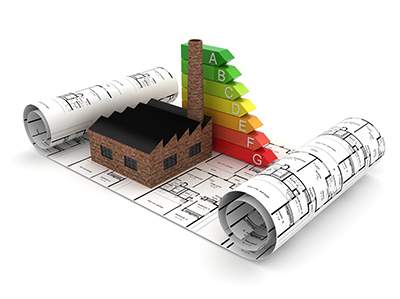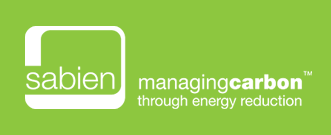
PACKAGING THE BUSINESS CASE FOR ENERGY EFFICIENCY
There is often a noticeable difference between identification of energy-saving opportunities and their approval for implementation. A sound business case can bridge the gap.
At any one time, in the majority of organisations, financial decision-makers will be presented with opportunities to invest capital in a range of projects. The projects that receive funding are typically those that are backed by a sound business case presented in language that is familiar to financial managers.
Unfortunately, it is not uncommon for good, technically viable energy-saving proposals to fall by the wayside through lack of a convincing business case. Often these projects make commercial sense but are simply not presented in the right way. The Chief Financial Officers wants a financial return on capital employed and while the sustainability and carbon reduction benefits are important, if the business case isn’t packaged correctly then it simply won’t be considered for funding.
Thus the proposals should look beyond a simple payback. It is likely your financial team will be looking for Internal Rate of Return (IRR), Return on Capital Employed (ROCE) or Net Present Values (NPV). Understanding which metrics are measured and what information they require will increase the chances of gaining funding.
For example, in searching for ‘quick fixes’ within property portfolios that have already been subject to a range of energy-saving measures, many organisations are turning to trusted and proven retrofit technologies. Given the contribution heating makes to commercial energy consumption and carbon emissions, application of such technologies is often in the boiler house.
When retrofit boiler load controls are installed, the primary financial benefit is a reduction in gas consumption. However, when reduced carbon tax costs are considered, the business case becomes even more compelling – both from a payback and a Return on Investment (ROI) point of view.
Consequently, the energy efficiency project may deliver a better Internal Rate of Return (IRR) than other projects within the organisation. Once the financial team and board see this (in their language) it will be hard for them not to allocate the budget and prioritise the project.
Measurement & verification
On an extensive estate it can often help a business case to verify the level of savings from the energy efficiency initiative before rolling out across the entire building portfolio. In this way, the expected level of savings can be predicted with confidence, which strengthens the case for further investment.
To ensure the energy savings identified by such projects have credibility in the eyes of the finance team it is good practice to invest time in a measurement and verification plan. One area to focus on is how the savings are being measured and exactly what is being reported as an energy-saving.
A good example of this is when energy consumption is being compared between two different periods – for instance the gas consumption of heating plant in two consecutive winters. Here, it is essential to take account of temperature variation within those periods by adjusting the data using Degree Day information supplied by the Meteorological Office.
Understanding what the technology does is also important. If a retrofit boiler control reduces the time the boiler runs, this isn’t necessarily the same as an energy saving. Where a modulating or on/off burner is present simply considering run-time does not indicate whether the boiler was firing at full or part capacity. Gas or oil consumption is the key metric in such cases.
These issues are easily addressed by adhering to the criteria established within the International Performance Measurement and Verification Protocol (IPMVP).
Crucially, any technology provider that you consider working with should be pro-actively highlighting these considerations and able to assist with the project planning, the measurement & verification and the creation of a compelling business case.





